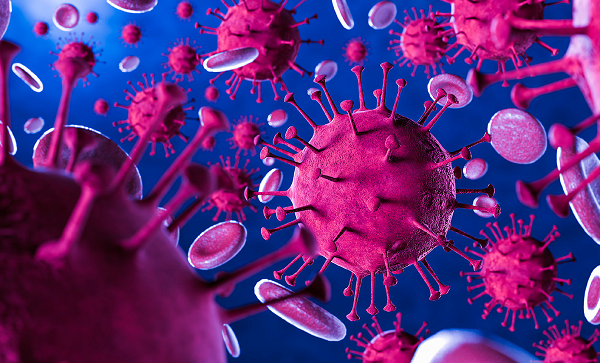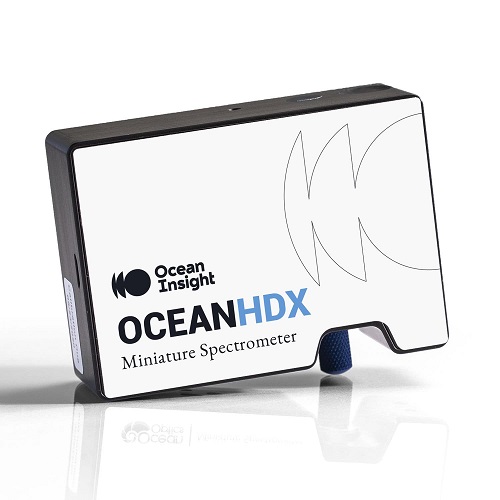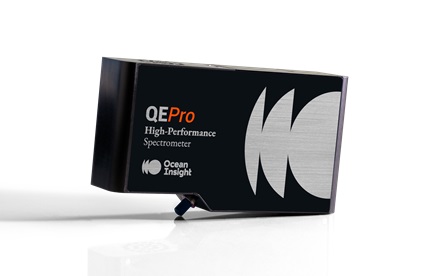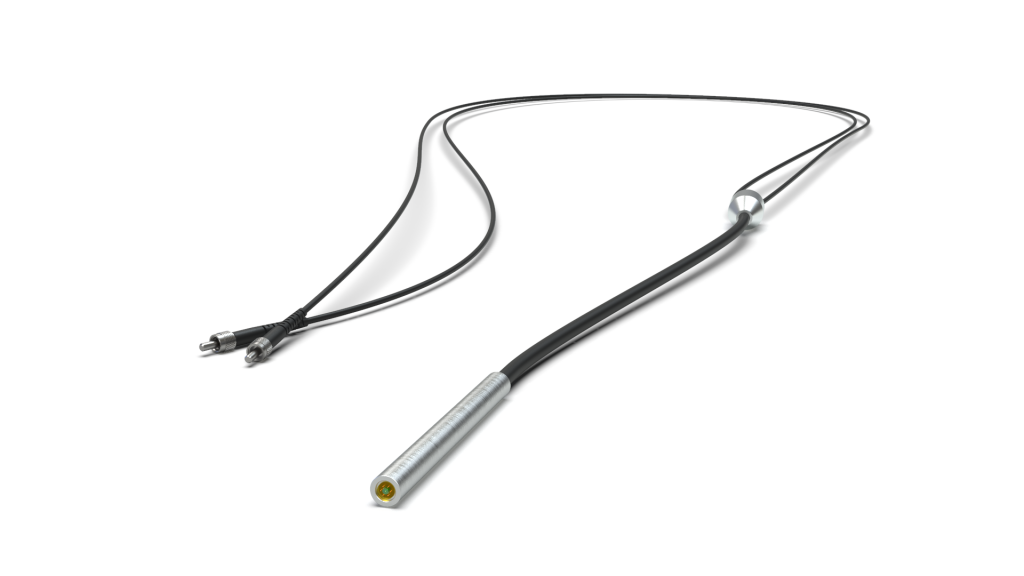 Lasers & Optical Fibers Technologies
Lasers & Optical Fibers Technologies
Spectroscopy for fast trace-level virus detection / Application Notes
In this overview, we explore the optical sensing tools and techniques available for virus detection. Our focus? Rapid testing and screening for viruses including COVID-19.

Spectroscopy for fast trace-level virus detection summary
The tried-and-true method of viral detection leans on revolutionary PCR, or polymerase chain reaction, technology. This approach uses polymerase enzymes to replicate or amplify a specific region of genetic material, if it is present. Templates can be designed that specifically target parts of the COVID-19 genetic code; if those code segments are present, they will be amplified. This amplification requires thermal cycling for roughly 30-40 cycles, which is typically the most time-consuming part of the PCR technique. Once thermal cycling is complete there are several methods to observe if the targeted genetic material is present. This is where the power of applied spectral knowledge first shows up as a hero in COVID-19 detection.
But the weak point of PCR is its long thermal cycling. Today, there is an alternative to PCR : Raman detection. This new approach makes it possible to detect the virus in seconds, without any long and complex pre-processing of the samples.
Contact us
for more informations
- Fluorescence spectroscopy
- Raman spectroscopy
- SERS
- PCR
- RT-PCR
- Rapid testing
- COVID-19
- Trace-level virus detection
- Antibody detection
Download the application note : Spectroscopy for fast trace-level virus detection


